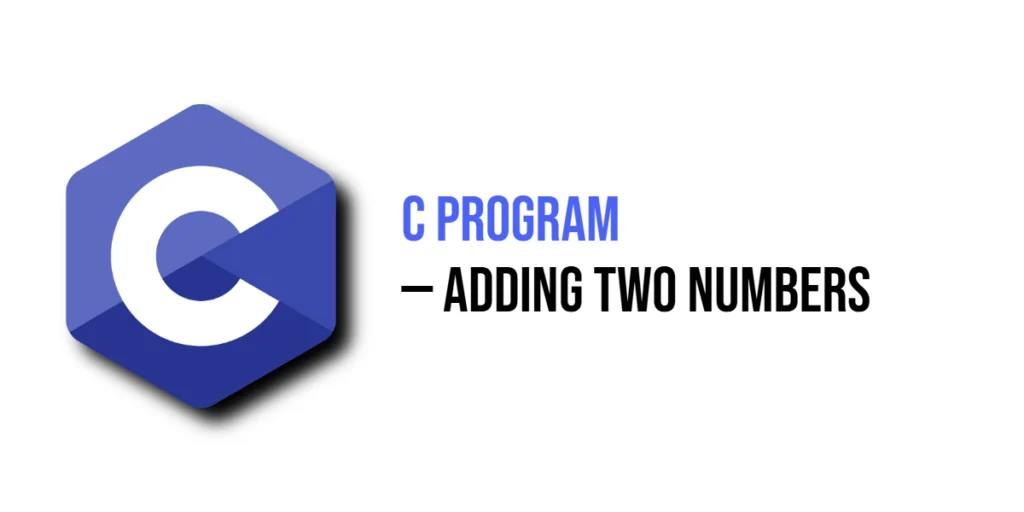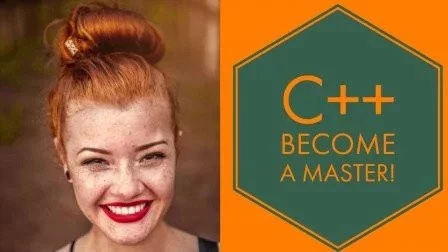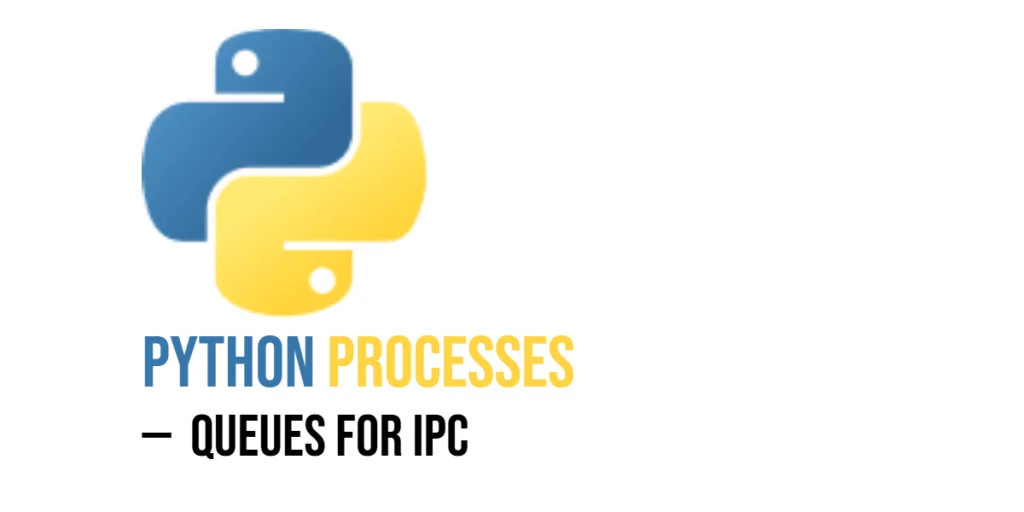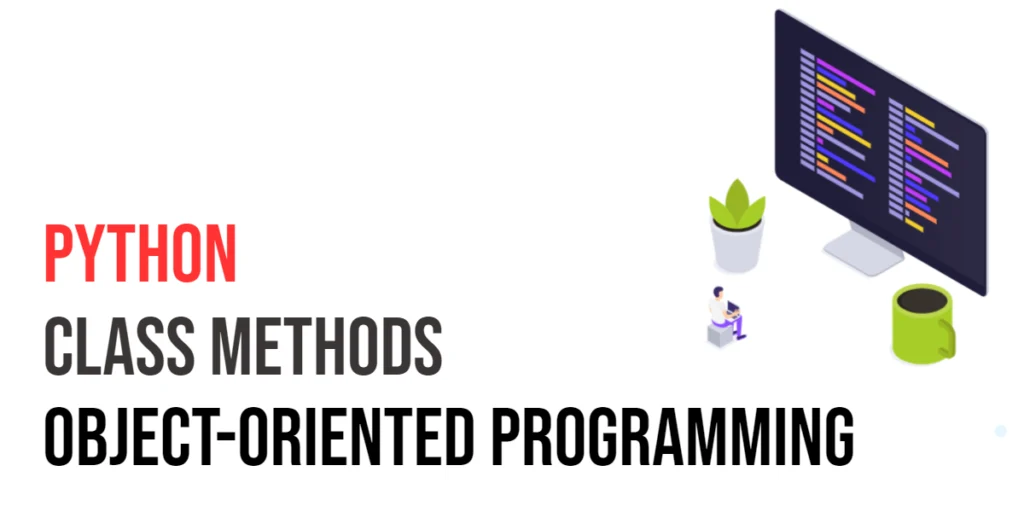Adding numbers is one of the most basic operations in programming. In C, performing arithmetic operations like addition helps beginners understand how variables store values, how input is taken from users, and how output is displayed on the screen. A program to add two numbers may seem simple, but it introduces important concepts like data types, user input, arithmetic operators, and the use of standard input-output functions. By the end of this guide, you will be able to write a complete program to add two numbers, understand each line of the code, and avoid common mistakes beginners make.

with hands-on learning.
get the skills and confidence to land your next move.
Learning to add two numbers in C also helps you understand how variables work. Variables are like containers that store data in memory, and they can be manipulated using operators. This simple exercise gives you a foundation to perform more complex calculations in the future. It also shows how to interact with the user by taking input and displaying results, which is essential for building interactive programs in C.
Using printf() and scanf() to Add Two Numbers
The most common way to perform addition in C is to use the scanf() function to get input from the user and printf() to display the result. Both functions are part of the standard input-output library, which we include at the beginning of the program with #include <stdio.h>. Here is a complete example:
#include <stdio.h>
int main() {
int num1, num2, sum;
printf("Enter the first number: ");
scanf("%d", &num1);
printf("Enter the second number: ");
scanf("%d", &num2);
sum = num1 + num2;
printf("The sum of %d and %d is %d\n", num1, num2, sum);
return 0;
}In this program, the first line includes the standard input-output library, allowing us to use printf() and scanf(). We declare three integer variables: num1, num2, and sum. The printf() statements display messages asking the user to enter numbers. scanf("%d", &num1); takes input from the user and stores it in num1. The & symbol is necessary because it passes the memory address of the variable, allowing scanf() to store the value entered by the user.
The line sum = num1 + num2; performs the addition operation and stores the result in the variable sum. Finally, printf("The sum of %d and %d is %d\n", num1, num2, sum); displays the result, using %d as a placeholder for integer values. This simple program teaches the basics of arithmetic operations, user input, and output formatting.
Adding Floating-Point Numbers
Sometimes, you might want to add numbers with decimals. For this, you can use the float or double data types, which allow storing fractional values. Here is an example using double:
#include <stdio.h>
int main() {
double num1, num2, sum;
printf("Enter the first number: ");
scanf("%lf", &num1);
printf("Enter the second number: ");
scanf("%lf", &num2);
sum = num1 + num2;
printf("The sum of %.2lf and %.2lf is %.2lf\n", num1, num2, sum);
return 0;
}In this program, we declare num1, num2, and sum as double instead of int. The scanf("%lf", &num1); statement reads a double value from the user. Similarly, printf("The sum of %.2lf and %.2lf is %.2lf\n", num1, num2, sum); prints the result with two decimal places using %.2lf. This allows the program to handle fractional numbers correctly and is useful when precision is required.
Adding Numbers Without User Input
Sometimes, you might want to add two fixed numbers directly in the program without asking the user. This is useful for simple calculations or testing. Here’s an example:
#include <stdio.h>
int main() {
int num1 = 10;
int num2 = 20;
int sum;
sum = num1 + num2;
printf("The sum of %d and %d is %d\n", num1, num2, sum);
return 0;
}In this code, we directly assign values to num1 and num2 instead of taking input. The addition and output work the same way as before. This method is simpler but does not allow dynamic input from the user.
Common Beginner Mistakes
Beginners often make mistakes when reading or adding numbers in C:
- Forgetting the
&inscanf(), which stops the program from storing input correctly. - Using the wrong format specifier, such as
%dfor a floating-point number, causing incorrect results. - Forgetting to declare variables or using variables before initializing them.
To avoid these errors, always declare your variables before using them, and make sure the input type matches the format specifier in scanf().
FAQs
Q1: Can I add more than two numbers in C?
Yes, you can add any number of numbers by declaring additional variables and using the + operator. For large collections of numbers, you can use arrays and loops.
Q2: What is the difference between int and double for addition?int stores whole numbers without decimals, while double can store fractional numbers. Use double when you need precision with decimal points.
Q3: Do I always need return 0; in the main function?
Including return 0; is good practice because it indicates successful execution. Some compilers may allow omitting it, but it is better to include it for clarity.
Q4: Can I perform addition directly inside printf()?
Yes, you can write printf("Sum is %d", num1 + num2); without storing the result in a separate variable. This is useful for simple calculations.
Conclusion
Adding two numbers in C is a fundamental task that teaches important programming concepts, such as variables, arithmetic operations, user input, and formatted output. Whether using integers, floating-point numbers, or fixed values, this simple program helps beginners understand how to manipulate data in C. Practice these examples to gain confidence and prepare for more complex programs that require calculations and data handling. Start experimenting today, and explore how arithmetic operations form the building blocks of all programs.
References & Additional Resources
- Kernighan, Brian W., and Dennis M. Ritchie. The C Programming Language. 2nd Edition, Prentice Hall, 1988.
- TutorialsPoint: C Arithmetic Operators – Detailed explanation of arithmetic operations.
- Wikipedia: C Data Types – Overview of integer and floating-point data types in C.







